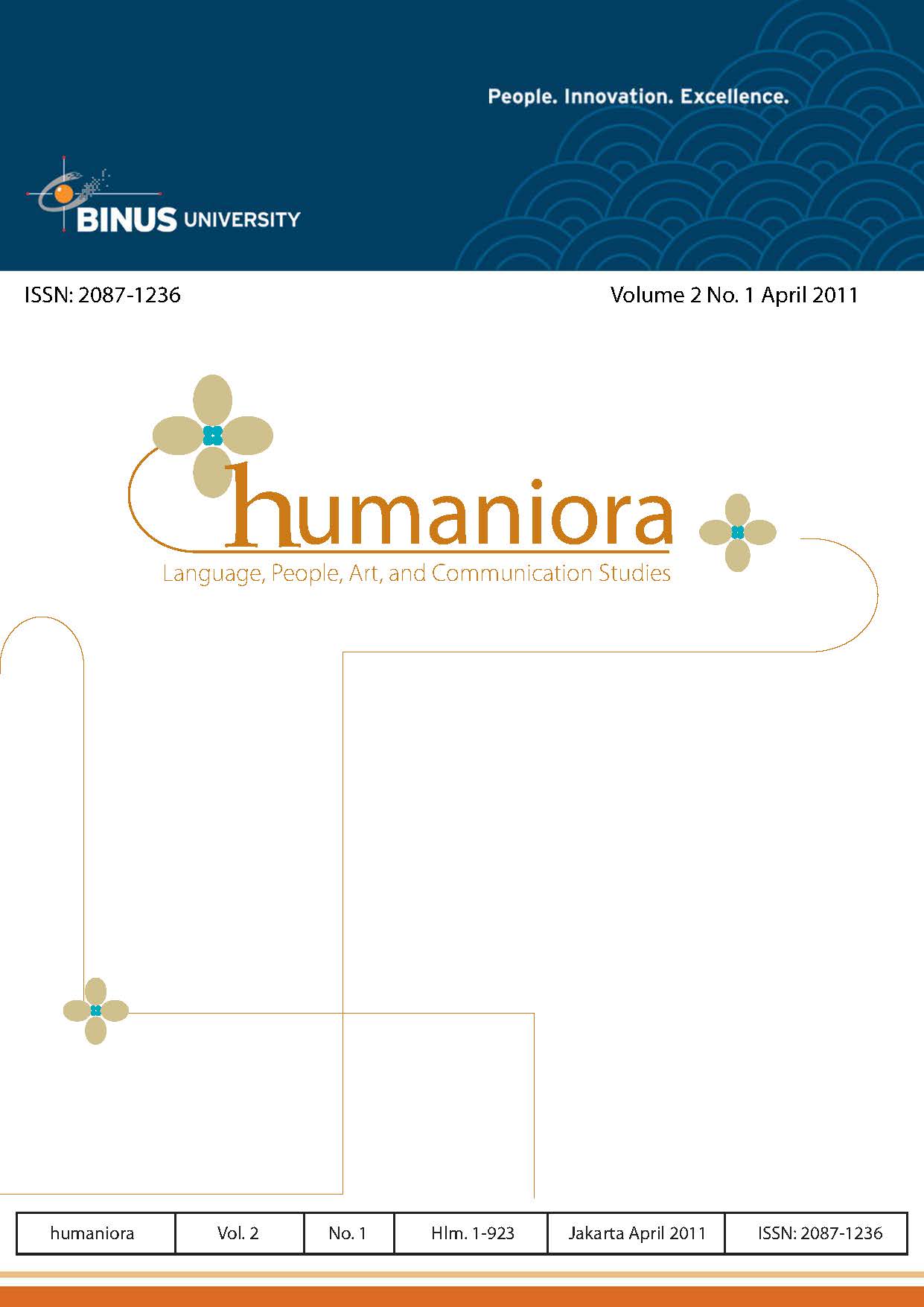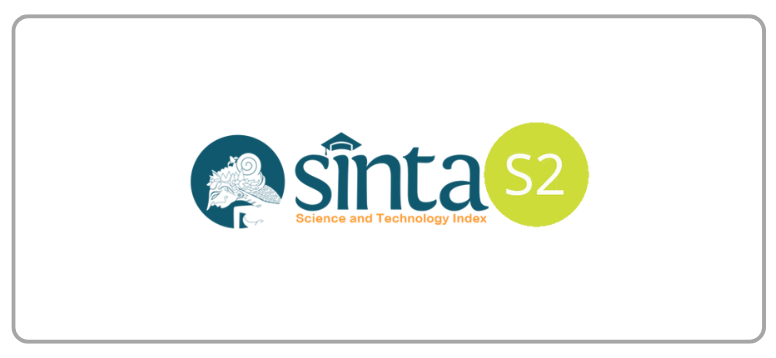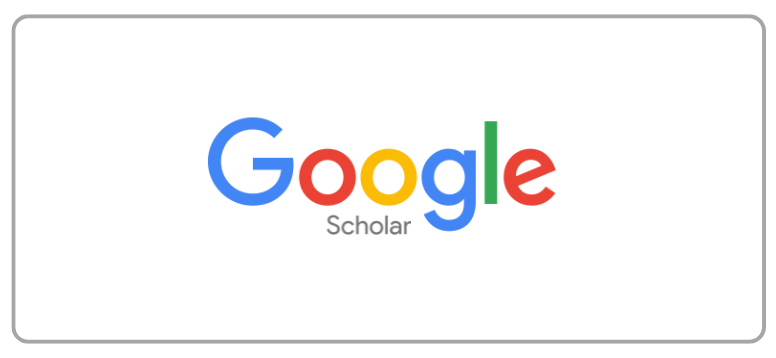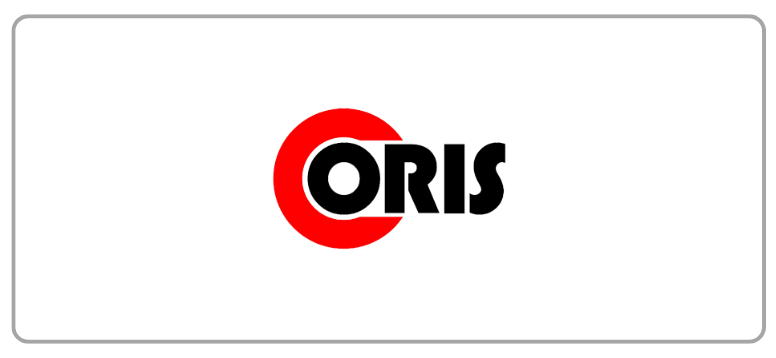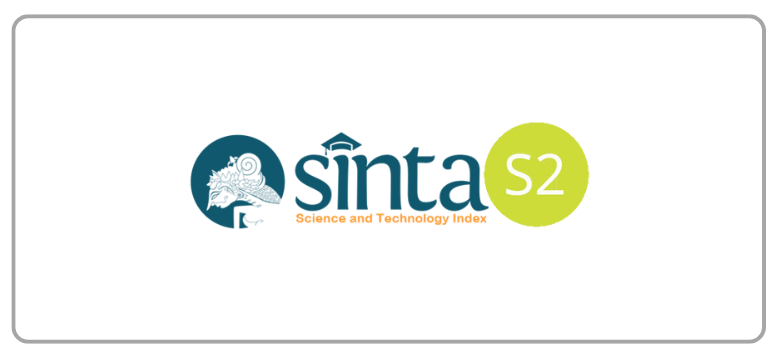Memikirkan Ulang Bisnis Model Berbasis Desain Komunikasi Visual
DOI:
https://doi.org/10.21512/humaniora.v2i1.3078Keywords:
graphic design, industry, corporate, business modelAbstract
Graphic design as an applied art started to grow side by side with the growth of many businesses that needed promotion and advertising. Although graphic design can be categorized as a service company, it cannot be directly handled the same as any other service companies. Design companies always involve two opposite poles: aesthetic vs. logic, individual vs. mass, idealism versus reality. The best way viewing a graphic design as a business entity is seeing through its business model’s side. A business model is a simple representation of the complex reality of a business. The primary purpose of a business model is to communicate business mechanism among stakeholders. The article gives insight to see components of graphic design business and their future challenge. In the future, it is expected there are more discussions about this topics so that Indonesian graphic design industry will grow in the future.
Â
References
Blauvelt, A. (2003). Towards critical autonomy, or can graphic design save itself? Dalam M. Bierut, W. Drenttel, & S. Heller (Eds.)., Looking closer 5: Critical writing on graphic design. New York: Allworth Press.
Collins, J. (2001). Good to great: Why some companies make the leap… and others don’t. New York: Harper Collins.
Osterwalder, A., & Pigneur, Y. (2010). Business model generation. New Jersey: John Wiley & Sons.
Downloads
Published
How to Cite
Issue
Section
License
Authors who publish with this journal agree to the following terms:
a. Authors retain copyright and grant the journal right of first publication with the work simultaneously licensed under a Creative Commons Attribution License - Share Alike that allows others to share the work with an acknowledgment of the work's authorship and initial publication in this journal.
b. Authors are able to enter into separate, additional contractual arrangements for the non-exclusive distribution of the journal's published version of the work (e.g., post it to an institutional repository or publish it in a book), with an acknowledgment of its initial publication in this journal.
c. Authors are permitted and encouraged to post their work online (e.g., in institutional repositories or on their website) prior to and during the submission process, as it can lead to productive exchanges, as well as earlier and greater citation of published work.
USER RIGHTS
All articles published Open Access will be immediately and permanently free for everyone to read and download. We are continuously working with our author communities to select the best choice of license options, currently being defined for this journal as follows: Creative Commons Attribution-Share Alike (CC BY-SA)
